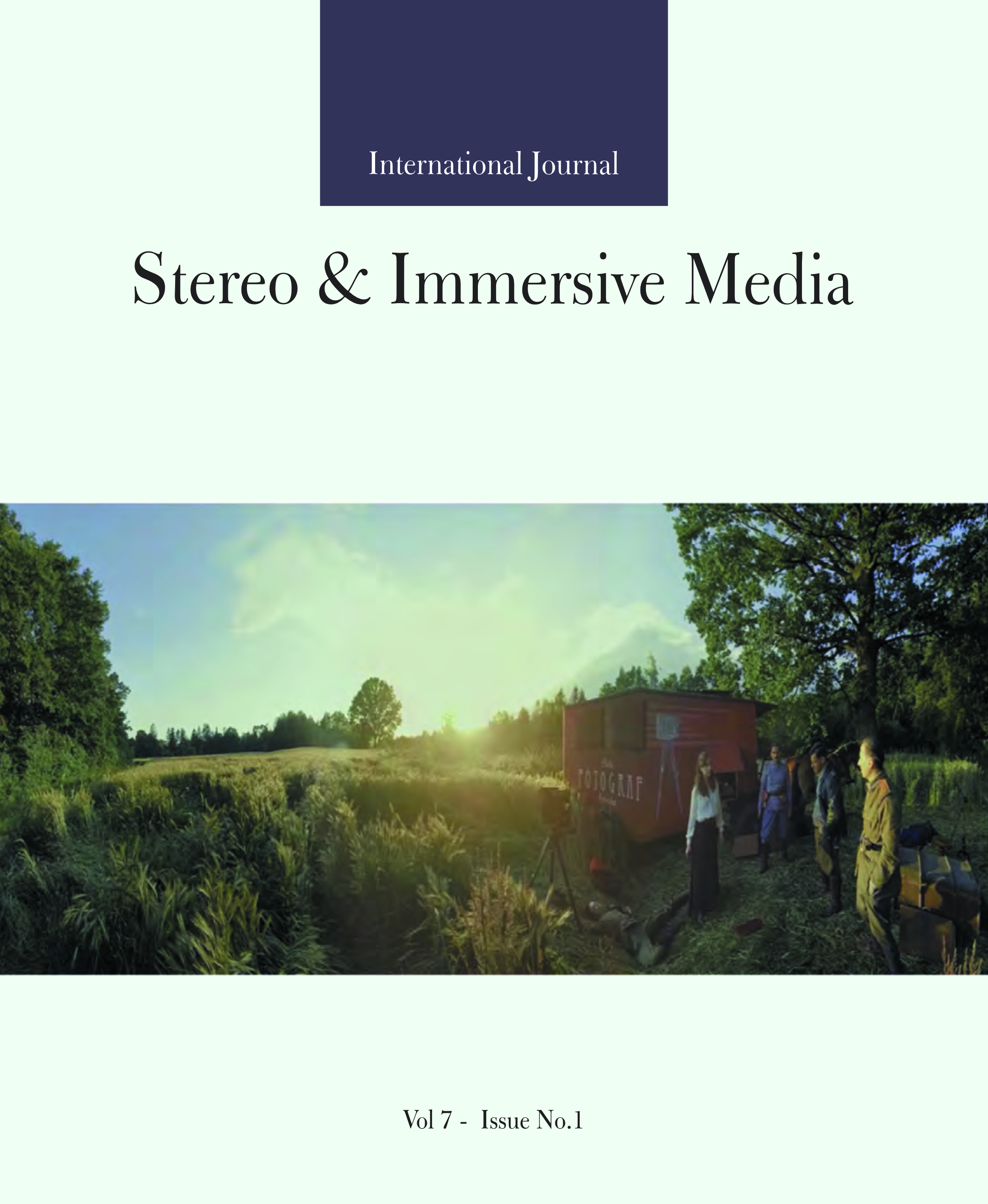The Aesthetic Illusion of “Dogville”
Abstract
Werner Wolf (2013) defines the concept of aesthetic illusion as describing a certain pleasurable state of mind that takes place when a user is engaged or immersed in media work(s). He points out that even though the user is in a state of engagement, it is nevertheless aware, in one way or another, of the medium it engages with. Wolf lists and describes certain principles necessary to media work for that state of mind to happen, one of them being the principle of celare artem which proposes that engaging work of media conceals its medium. Here, the principle is challenged by applying it to the film Dogville by Lars von Trier, whose author uses Brechtian distancing-effect methods to experiment with the relationship between audience engagement and distancing. Finally, the conclusions of the research are used to propose a further discussion on the criteria of a closely related concept from new media studies, presence, and how it concerns the immersive possibilities of new media, such as Virtual Reality.



